When it comes to headphones, I’m quite picky. I want top-notch sound quality, comfort, and features like noise cancellation. But finding the perfect pair of headphones can feel like searching for a needle in a haystack.
So, after way too many deep dives, comparison charts, and probably more spec sheets than anyone should read voluntarily, I’ve landed on a few standout brands that always show up where it counts.
8
Anker Soundcore
Anker’s Soundcore lineup has earned a spot on my shortlist because, quite frankly, they’ve cracked the code on blending affordability with high-end features. You don’t need to shell out hundreds to get noise cancellation that actually works. Our Space One review and Space One Pro review give you a good idea of Soundcore’s best features and also featured some in our guide to the best budget headphones.
If you’re into fine-tuning your audio, Anker’s got you covered with its HearID feature that personalizes the sound based on how you hear. Its proprietary app comes with a customizable EQ and a bunch of presets. Plus, some models like the Anker Life Q35 (check out our review) and Space Q45 support LDAC for hi-res audio streaming, so you’re not stuck with compressed, tinny sound if you’re an audiophile—or at least audiophile-curious.
7
Bose
Mid-flight, somewhere above the clouds, Dr. Amar Bose, founder of Bose Corporation, grew frustrated with the constant drone of airplane engines interfering with his music. Inspired at that moment, he pulled out a pencil and started sketching what would eventually morph into noise-cancelling headphones. Fast-forward to 1989, Bose dropped the first-ever commercial noise-cancelling headset for aviation. A decade later, the tech hit the shelves for consumers, and just like that, Bose locked in its spot as a heavyweight in the headphone game.

Related
The Best Headphones for Travel
When you have a long flight or car ride ahead of you, the last thing you want is to be without headphones for your music or movie.
Now, Bose isn’t exactly bargain-bin territory. But you get what you pay for in premium sound, exceptional comfort, and noise cancellation. Their current lineup covers the spectrum. The QuietComfort series (like the QC 35 II and QC 45) and the NC 700s deliver rock-solid performance at a price that doesn’t totally break the bank. Then there’s the QuietComfort Ultra, Bose’s high-end offering, kitted out with cool features like CustomTune, Quiet Mode, Aware Mode, ActiveSense, and Immersive Audio. Some of those even trickle down into the more affordable models, which is always a nice surprise.
6
Sony
The WH-1000XM series (up to the Sony XM5 as of the time of writing, and with rumors of the XM6 possibly arriving in mid-2025) represents everything I love about Sony’s headphones. They sport industry-leading noise cancellation that creates a personal bubble wherever you go, paired with thoughtful features like Speak-to-Chat and Quick Attention, which automatically pause your music when you start talking.
Sony headphones tend to lean bass-heavy out of the box, but if you’re more of a Mozart or podcast fan, you can use its Sony Headphones Connect app-based EQ to dial in your preset preferences. LDAC support is a win if you love high-res audio, and its 360 Reality Audio adds a cool spatial layer when supported that can turn regular listening into surround-sound magic. Sony also sports Adaptive Sound Control, which adjusts settings based on your location, making these headphones feel almost intuitive, learning how you like to listen.
Toss in Sony DSEE HX, up to 30 hours of battery life, quick charging, and even some recycled materials in the build, and it’s clear this brand holds itself to high standards. Alongside the WH-1000XM line, Sony’s lineup also includes models like the Extra Bass-focused WH-XB910N and the more affordable WH-CH720N, offering great alternatives depending on your needs.

Related
What Is Sony DSEE HX and Should You Switch It Off or On?
Should you switch off Sony’s sound enhancement, or does the audio boost make it worth using?
5
JBL
What draws me to JBL is their signature well-balanced sound, which is tuned to the Harman curve (no coincidence since Harman owns JBL) and makes them versatile across genres. If you’re trying to stay within a tighter budget, the Tune series is a good place to start, especially the 520BT, which punches way above its price tag. But if you’re after more bells and whistles without totally wrecking your wallet, the Tour series is where it gets interesting. We reviewed the original Tour One about four years back and were pretty impressed, and now the newer Tour One M3 we saw at CES 2025 carries the torch with even more polish.
JBL’s recent models come packed with goodies like True Adaptive Noise Cancellation, Bluetooth 5.3, and multi-point pairing, so hopping between your devices is smooth as butter. The JBL Headphones app gives you access to a parametric EQ to tweak the sound to your heart’s content. Battery life is another strong suit—the Tour One, for example, offers up to 50 hours of playtime, which is wild.
4
Beats
If you’re already deep in the Apple ecosystem—and you’ve got a bit of brand loyalty running through your veins—there’s a good chance you’ll click with Beats headphones. And that’s because models with the W1 chip (like the Beats Solo3 and Studio3) or the newer H1 chip (you’ll find that in the Solo Pro) pair with Apple devices seamlessly. This tight integration also means impressive battery efficiency and stable, low-latency connections.
One feature that really stands out—and might just win you over—is its Fast Fuel charging: a quick less-than-10-minute charge for hours of playback. Of course, the usual suspects are here too—active noise cancellation that does the job and a transparency mode for when you don’t want to zone out from the world fully. They are also built to sit nicely on your head, so you can wear them for hours without feeling like your ears are wedged.

Related
I Always Run These 6 Tests Before Buying New Headphones
Buying new headphones? Make sure to tick these tests off before parting with any cash.
3
Bang & Olufsen
If you’re searching for headphones that double as status symbols, Bang & Olufsen should be at the top of your list. The Danish brand has this almost unfair knack for blending sleek, minimalist design with truly refined audio. Their top-tier models—like the Beoplay H95 and HX—are draped in buttery-soft lambskin and cushioned with memory foam so plush you’d swear your ears just booked a spa weekend. There are a few other gems too, like the Beoplay Portal (tailored for gamers), the H9, and the H8i—all carrying that signature B&O elegance and attention to detail.
Sound-wise, if you’re into skull-rattling bass, B&O might not be your thing. The audio profile is detailed and neutral-leaning, with vocals and instrumentation having room to breathe. Through the B&O app, you can also fine-tune your sound preferences via an intuitive and minimalist interface.
Tech-wise, they’re no slouch either: most models, if not all, come loaded with active noise cancellation, impressive battery life, and beamforming microphones for crystal-clear calls (only in the high-end ones, though). That said, the price tag isn’t shy, as most models cost between $500 and $1,500.
2
Shure
Shure’s headphone lineup casts a pretty wide net with its SRH and AONIC series, each tuned for very different vibes. The SRH series leans into the world of critical listening and studio work—think mixing, mastering, and dissecting every nuance. Most models have the kind of frequency response audio engineers crave, plus crisp highs and a warm, natural low end. It doesn’t color the sound too much, which is exactly what you want when precision matters.
On the flip side, the AONIC series, meant for every kind of audio consumer, is wrapped in a durable, comfortable, and wireless package. Models like the AONIC 50 Gen 2 and 40 bring the goods: decent active noise cancellation (with a clever little Environment Mode for staying semi-aware), multi-device connectivity, long-lasting battery life, a carrying case, and even USB-C audio for that cleaner digital signal. They speak the language of audiophiles too, with support for high-quality Bluetooth codecs—LDAC, AAC, SBC, plus the whole aptX lineup.
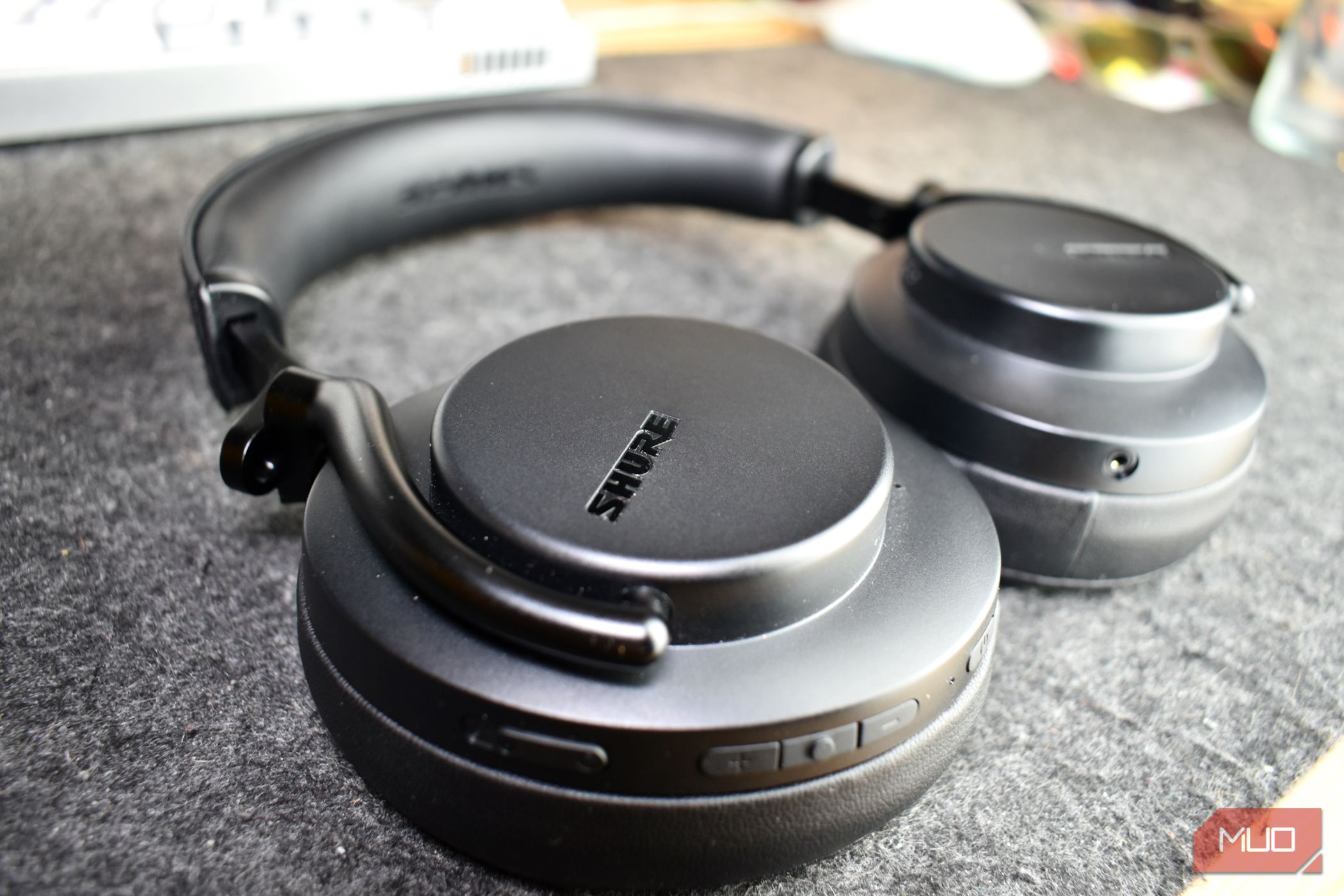
Related
Shure Aonic 50 Gen 2 Review: Premium ANC Headphones Deliver in Nearly Every Area
They look great, are well-built, and have excellent battery life, but how do the Aonic 50 Gen 2 headphones sound?
The icing on the cake is its customization capabilities. The ShurePlus PLAY app gives you EQ controls and noise-canceling tweaks that stay no matter what app you’re listening through—Spotify, Apple Music, whatever. You can even upload your own lossless tracks if you wince at compression. It’s all very dialed-in but without feeling overly fussy.
1
Audio-Technica
Much like Shure, Audio-Technica has a pretty deep bench when it comes to headphones, especially if you’re in the studio scene or spinning tracks behind the decks. And if there’s one pair that really grabs the spotlight, it’s the flagship model, the ATH-M70x. With beefy 45mm aperture drivers under the hood, it delivers studio-grade sound that’s both punchy and precise.
Expect deep, clean bass, sparkling highs, and a lot of clarity. The earcups swivel a full 90°, which is super handy for one-ear monitoring, and the whole thing folds down neatly, which is great for tossing into a bag without a second thought. You also get both coiled and straight detachable cables, so it plays nicely in the studio and on the move.
But if you’re craving wireless freedom but don’t want to compromise on audio quality, the ATH-M50xBT—especially the upgraded ATH-M50xBT2 version—is where you should look. It stays true to the sound signature of the original M50x (which, by the way, is still a killer wired choice) but brings in some modern tech flair like Bluetooth 5.0, multi-point pairing, fast charge, and support for high-res codecs like LDAC and AAC. Also, toss in the A-T Connect app for EQ tweaks, Google Fast Pair to quickly connect to an Android phone, as well as the built-in mic (with mute button) and support for voice assistants like Alexa, Siri, and Google Assistant.


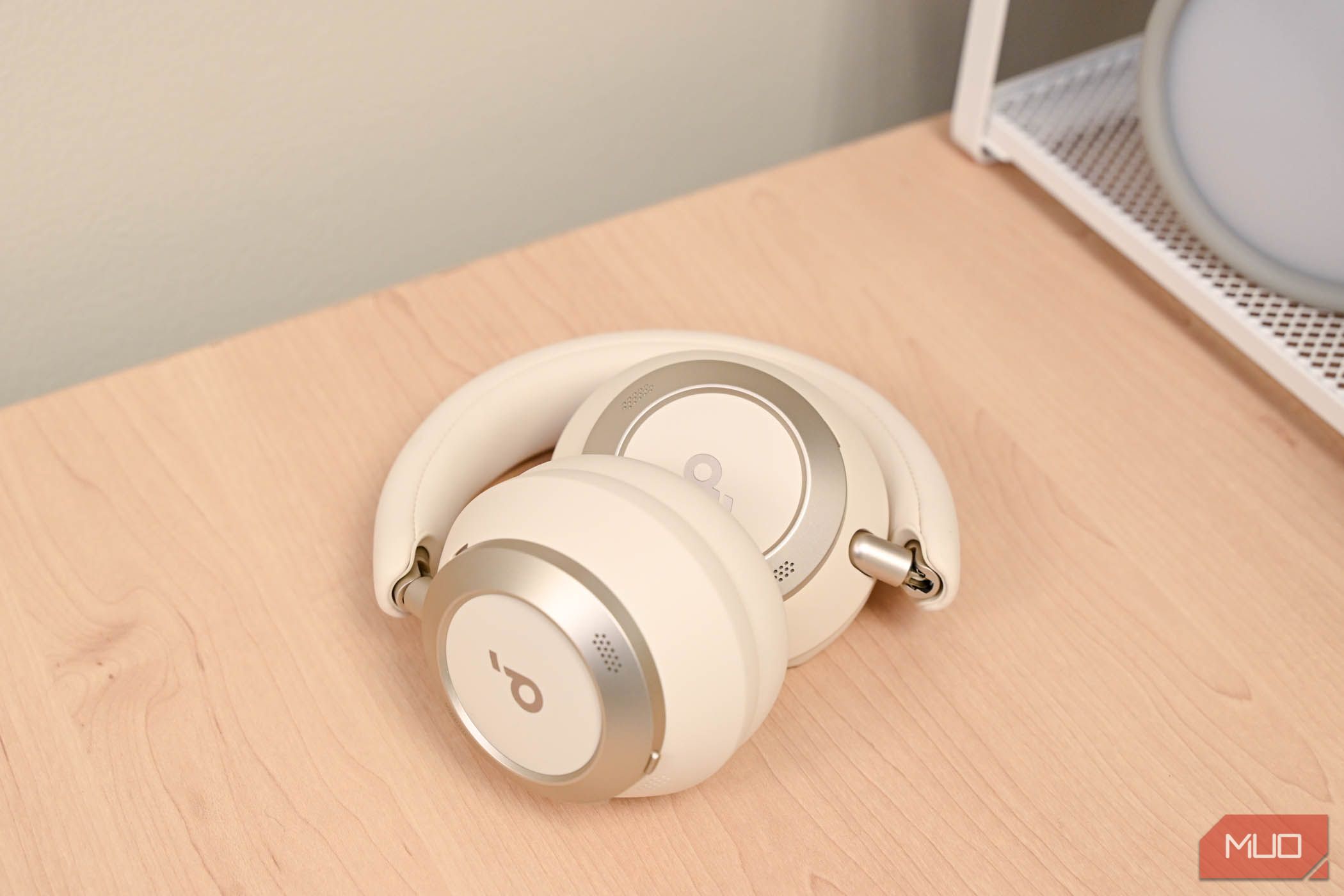
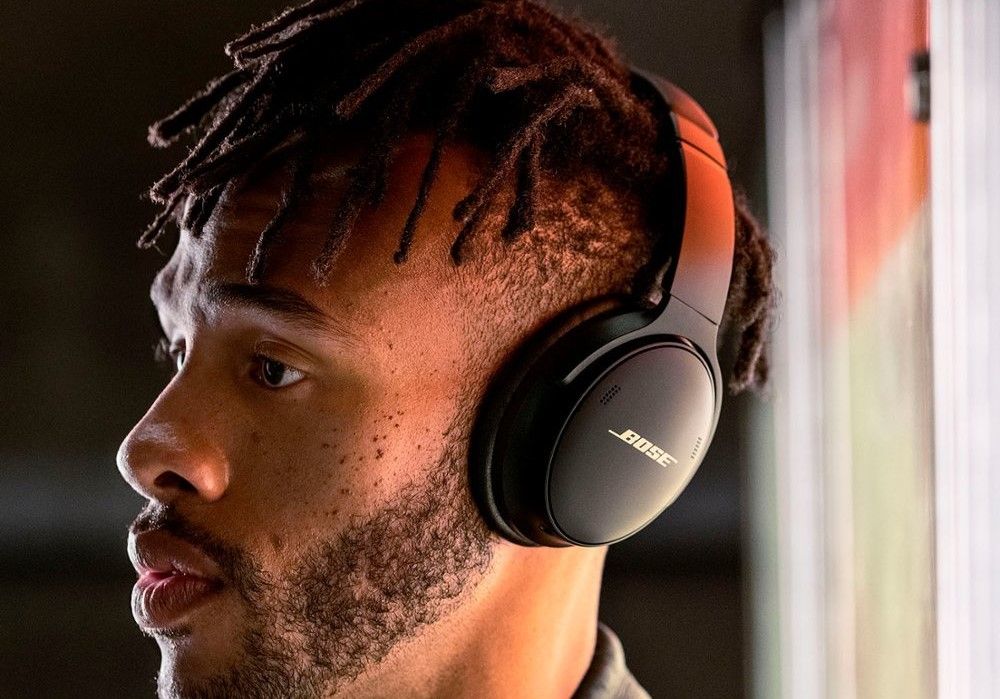
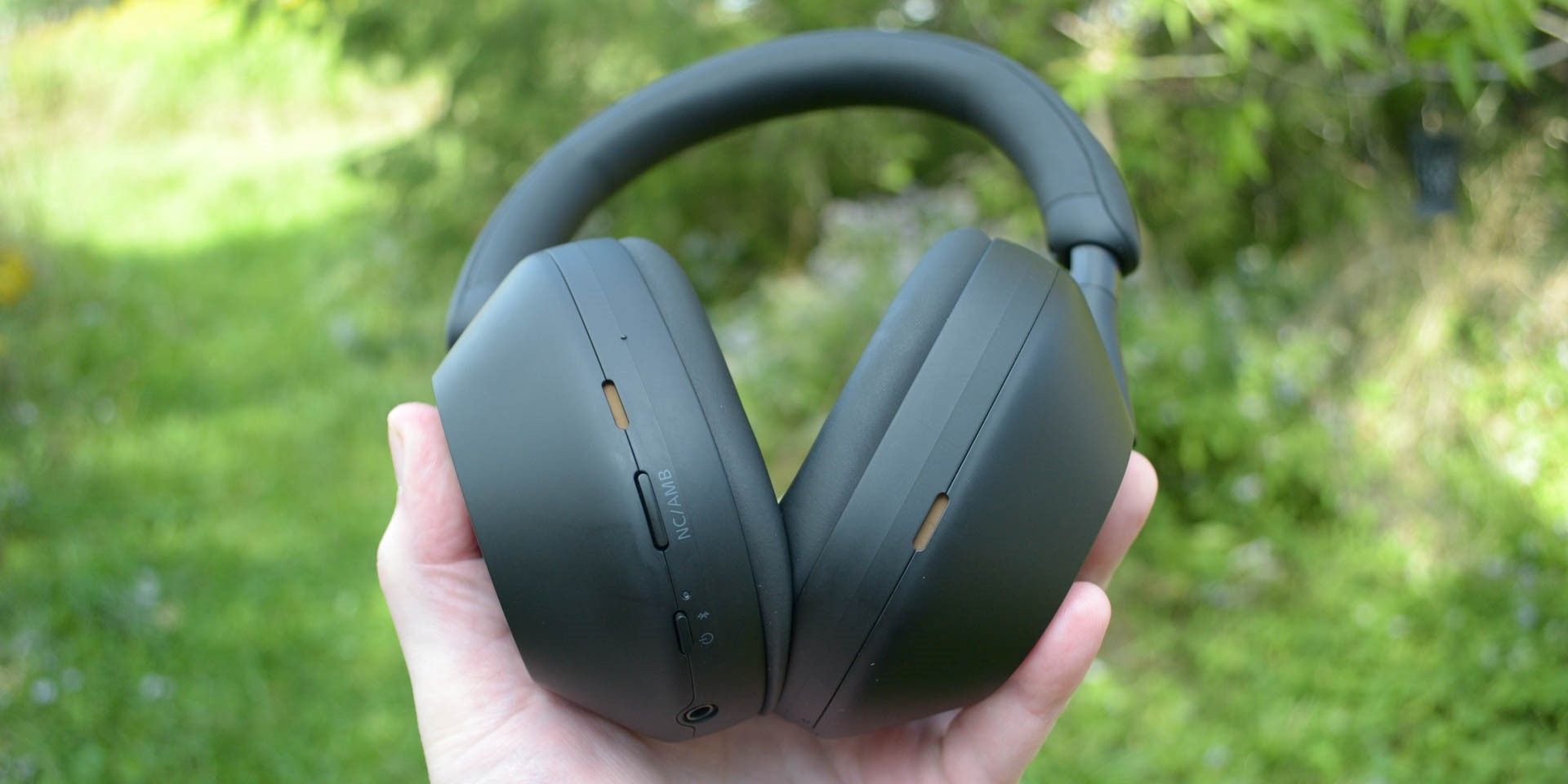

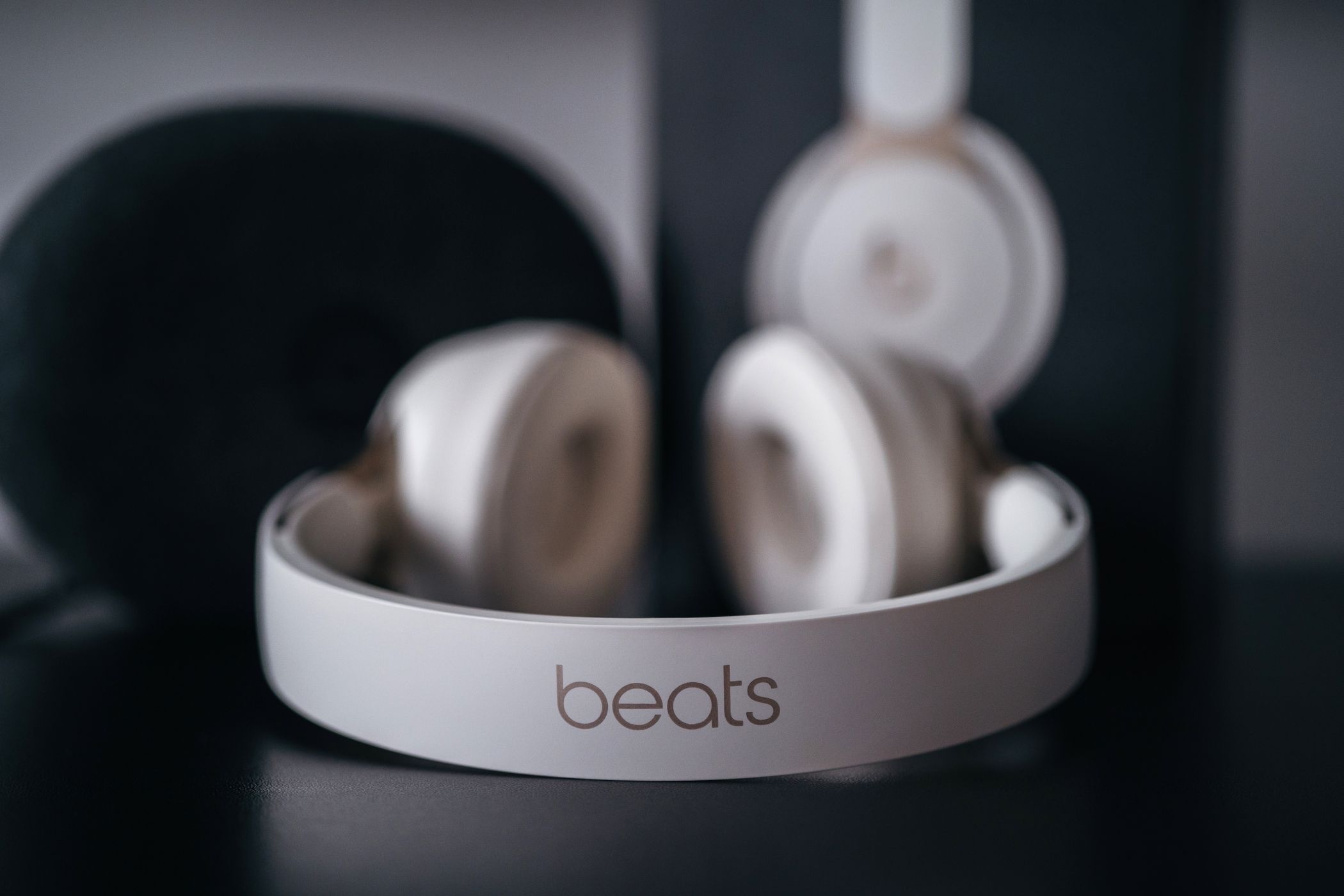
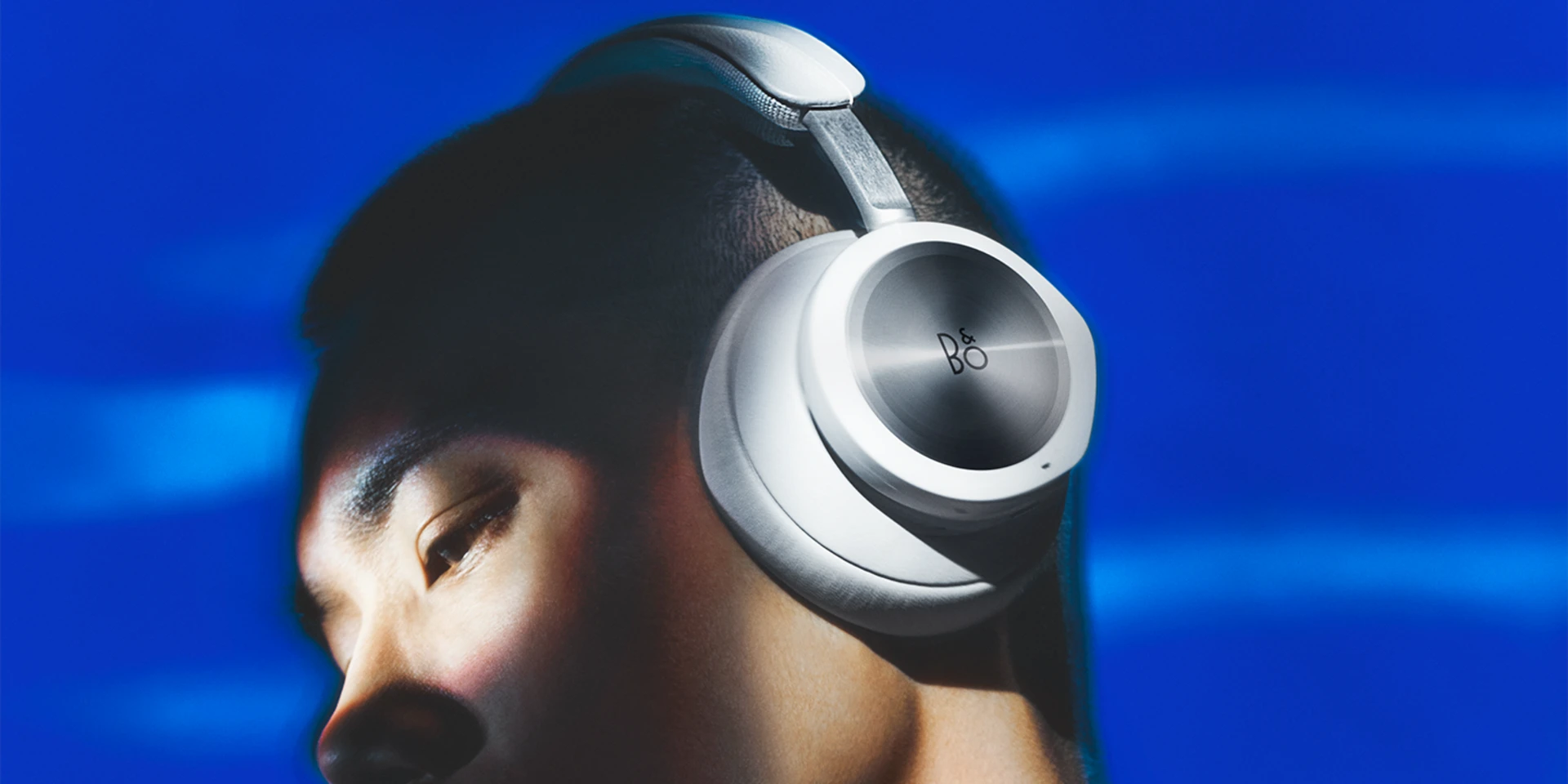
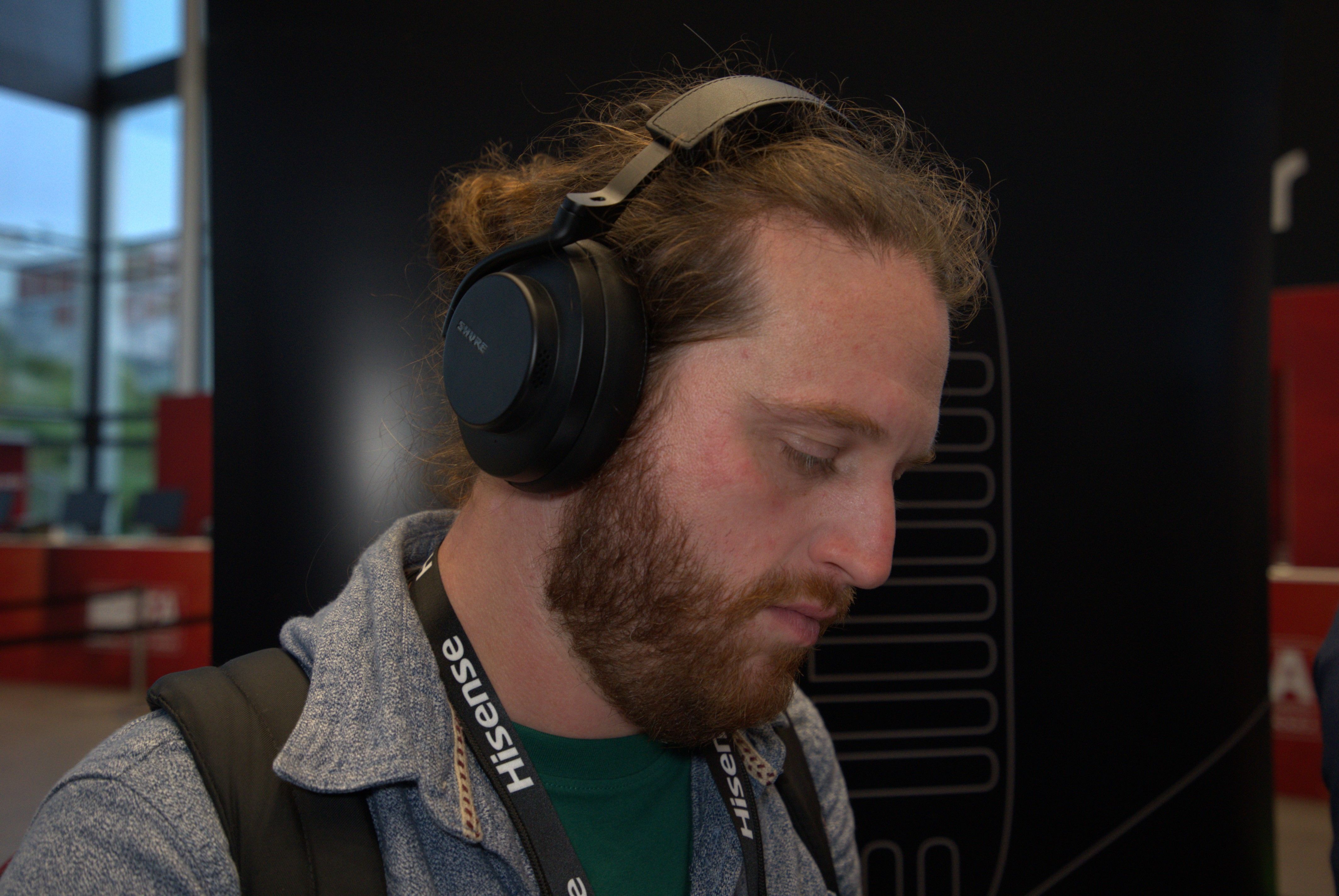






Leave a Comment
Your email address will not be published. Required fields are marked *